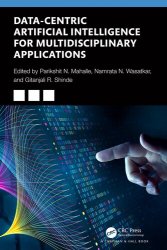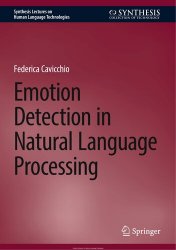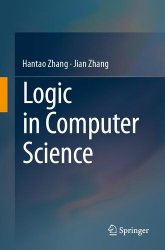 Название: Data-Centric Artificial Intelligence for Multidisciplinary Applications
Название: Data-Centric Artificial Intelligence for Multidisciplinary ApplicationsАвтор: Parikshit N. Mahalle, Namrata N. Wasatkar, Gitanjali R. Shinde
Издательство: CRC Press
Год: 2024
Страниц: 309
Язык: английский
Формат: pdf (true)
Размер: 19.4 MB
This book explores the need for a Data-Centric Artificial Intelligence (AI) approach and its application in the multidisciplinary domain, compared to a model‑centric approach. It examines the methodologies for data‑centric approaches, the use of data‑centric approaches in different domains, the need for edge AI and how it differs from cloud‑based AI. It discusses the new category of AI technology, "data‑centric AI" (DCAI), which focuses on comprehending, utilizing, and reaching conclusions from data. By adding Machine Learning and Big Data analytics tools, data‑centric AI modifies this by enabling it to learn from data rather than depending on algorithms. It can therefore make wiser choices and deliver more precise outcomes. Additionally, it has the potential to be significantly more scalable than conventional AI methods.
Data-Centric Artificial Intelligence (AI) denotes an approach within AI and Machine Learning (ML) that places significant emphasis on the pivotal role of meticulously curated, high‑quality data in the development and implementation of AI models and systems. Under this paradigm, data assumes the bedrock upon which AI algorithms are constructed and honed, and its effective handling, preprocessing, and analysis stand as pivotal factors for achieving precise and dependable AI outcomes. The essence of data‑centric AI springs from the recognition that the performance of AI models is intricately linked to the calibre and quantity of data employed for training, validation, and testing. This methodology underscores the understanding that even the most advanced AI algorithms might grapple to yield meaningful outcomes if the input data is incomplete, biased, laden with noise, or inadequately structured.
Machine Learning (ML) is a branch of AI and computer science which focuses on the use of data and algorithms to imitate the way that humans learn, gradually improving its accuracy. Supervised Learning stands as a type of ML wherein the algorithm gains insights from labelled training data. In this context, the dataset is composed of pairs denoting inputs and their associated outputs. The algorithm’s objective revolves around mastering the mapping between inputs and the anticipated outputs. The ultimate aim is for the algorithm to extrapolate from the training dataset and generate precise predictions or classifications for fresh, previously unseen data. In supervised learning, the algorithm is furnished with datasets comprising labelled pairs of inputs and their corresponding outputs. The primary goal of supervised learning is for the algorithm to discern and internalize a mapping function.
Unsupervised Learning entails training an ML model using unlabelled data, where explicit output labels are absent. The algorithm’s objective is to uncover patterns, structures, or relationships inherent within the data. This is frequently accomplished by clustering similar instances together or reducing the data’s dimensionality. Unlabelled data is provided, and the algorithm seeks to identify underlying patterns or groupings. The goal is to explore the inherent structure of the data, uncover hidden patterns, or reduce its complexity.
Reinforcement Learning (RL) stands as an ML category in which an agent learns to formulate decisions through interactions with an environment. This agent garners feedback in the shape of rewards or penalties contingent on its actions, striving to acquire a policy that maximizes the cumulative reward across a span of time. RL frequently finds application in tasks involving sequential decision‑making.
Deep Learning constitutes a subset of ML, focusing on the creation and training of neural networks to acquire knowledge and formulate predictions from data. Neural networks, inspired by the human brain’s structure and operation, serve as computational models. These networks are comprised of interconnected nodes (neurons) organized into layers, capable of grasping intricate patterns and representations from data through a process termed training.
• Includes a collection of case studies with experimentation results to adhere to the practical approaches
• Examines challenges in dataset generation, synthetic datasets, analysis, and prediction algorithms in stochastic ways
• Discusses methodologies to achieve accurate results by improving the quality of data
• Comprises cases in healthcare and agriculture with implementation and impact of quality data in building AI applications
Скачать Data-Centric Artificial Intelligence for Multidisciplinary Applications
[related-news] [/related-news]
Комментарии 0
Комментариев пока нет. Стань первым!















